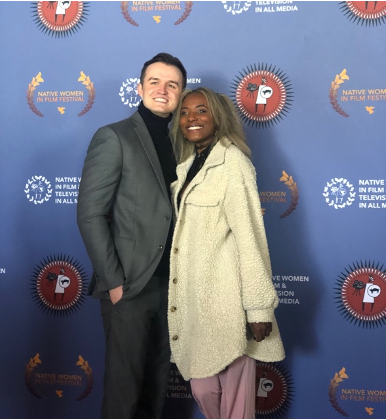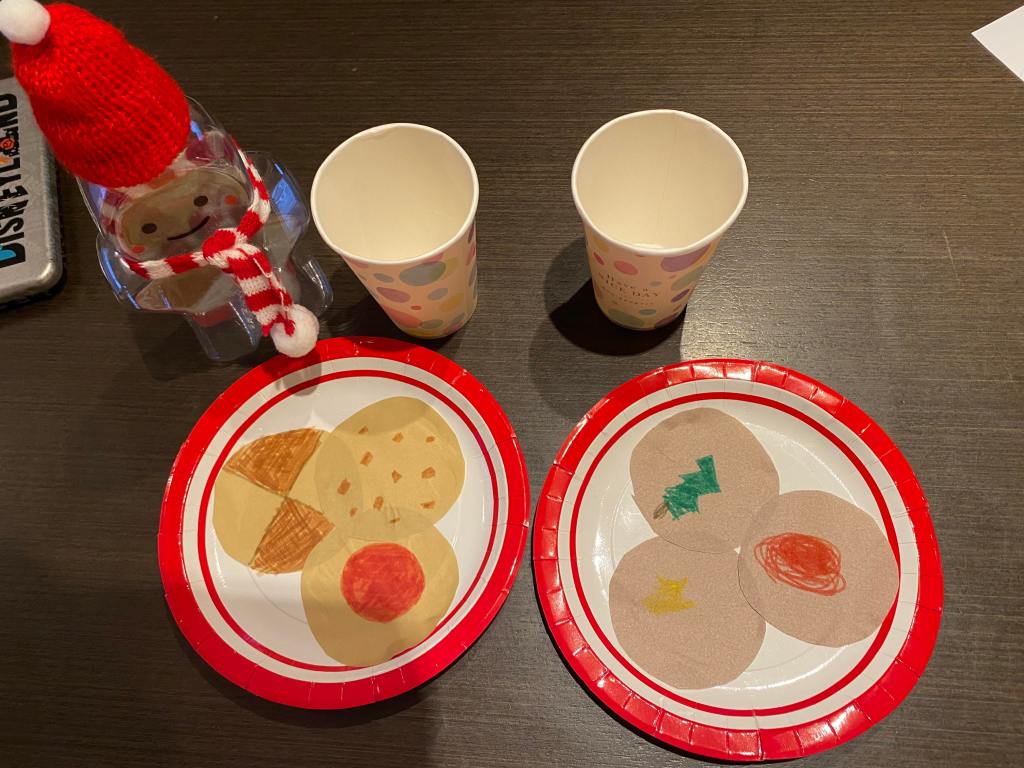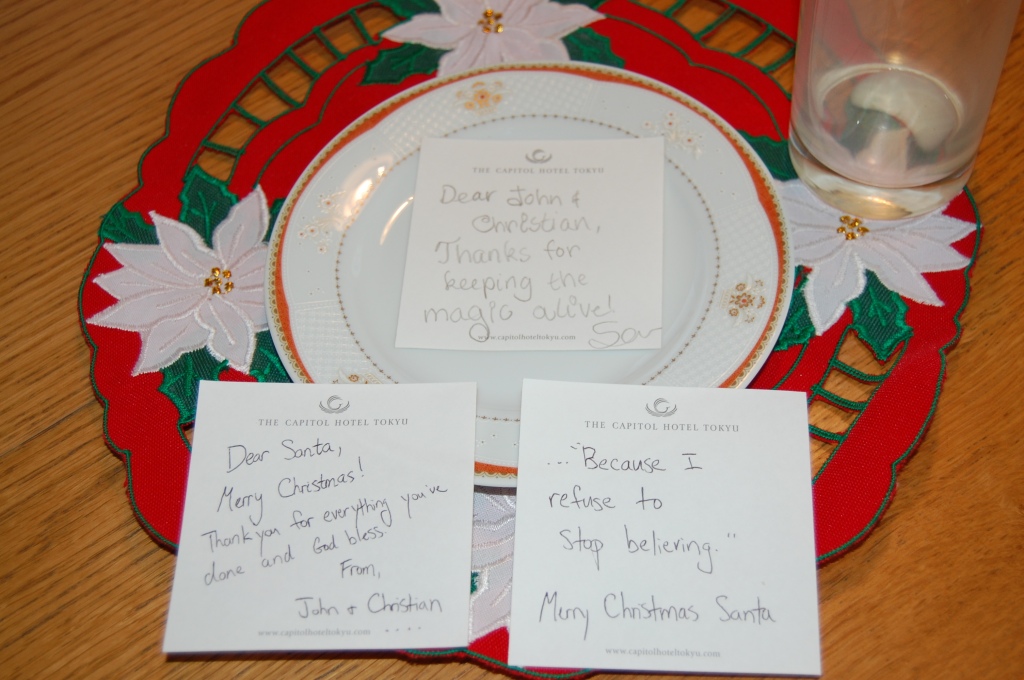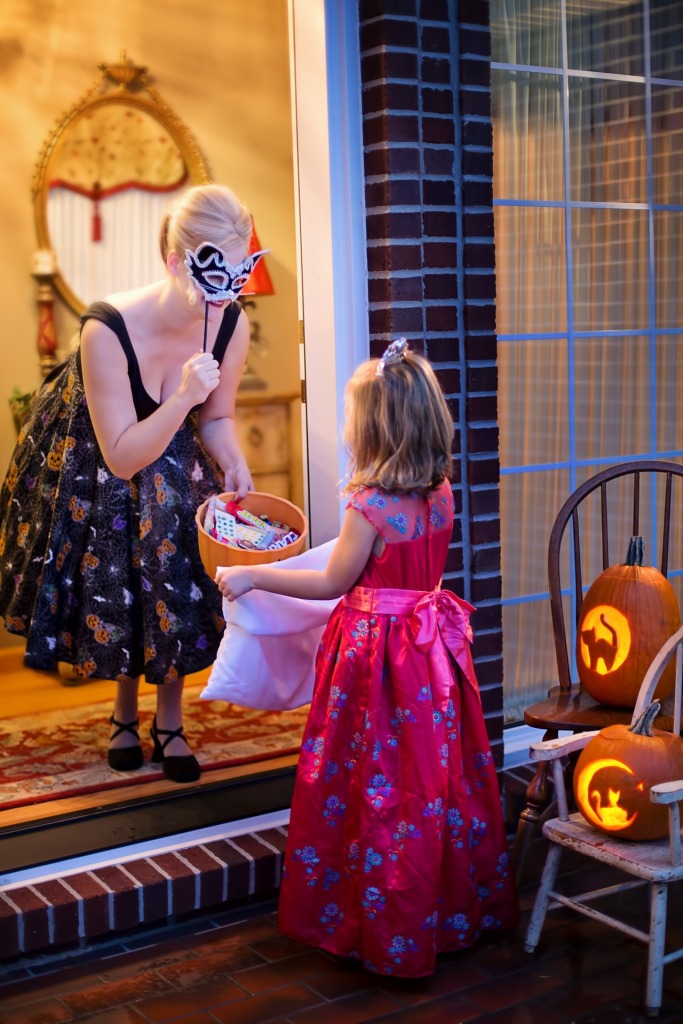Easter is just around the corner! Holidays give us an opportunity to teach students about holiday traditions.
In this post you’ll find:
- the teaching steps and videos for teaching Hop Along Easter Bunny, as a fingerplay and as a whole-body activity
- Google slides
- videos to show you ways you can teach this song
- an Easter egg guessing activity created by Setsuko Toyama
- an arts and crafts activities
How will you teach your students about Easter? Look at the picture below. What do you see? What does it tell you about Easter? (rabbits, colored eggs, spring flowers, chocolates)
When I teach young learners, I use many ways to introduce, practice, and review new language. Use props. Then do this song in three different ways–first as a fingerplay, then moving around a circle, and finally, moving around the classroom. I’ve made a simple video for you to help you learn it as a fingerplay.
- Fingerplay: If possible, sit on the floor with the students. Stretch your legs out in front of you. Make an Easter Bunny by raising two fingers. Bounce your fingers up and down your legs as if you’re hopping.
Hop along Easter Bunny, hop along.
Hop along Easter Bunny, hop along.
Hop along Easter Bunny, Hop along Easter Bunny,
Hop along Easter Bunny, hop along.
Young children love surprises. Each time I sing one line, I quickly bring my fingers back to where I started. On the longer line, continue hopping. My students find it funny when I bring my fingers over my head and along my arm.
On the second verse, pretend to tiptoe using your fingers.
Tiptoe Easter Bunny, tiptoe.
Tiptoe Easter Bunny, tiptoe.
Tiptoe Easter Bunny, Tiptoe Easter Bunny,
Tiptoe Easter Bunny, tiptoe.
On the third verse, pretend to pick up an egg and hide it beside you, behind you, or under your legs.
Hide the eggs Easter Bunny, hide the eggs.
Hide the eggs Easter Bunny, hide the eggs.
Hide the eggs Easter Bunny, Hide the eggs Easter Bunny,
Hide the eggs Easter Bunny, hide the eggs.
On the last verse, pretend to run away.
Run away Easter Bunny, run away.
Run away Easter Bunny, run away.
Run away Easter Bunny, Run away Easter Bunny,
Run away Easter Bunny, run away.
2. Around the circle movement: Stand up and magically turn all of your students into Easter Bunnies. Say, Put on your ears, your whiskers, your tails, and your great big feet!
If you have bunny ears like Brooke, put them on!
Make a circle with your students. Sing this transitional song from Jump Jump Everyone to get ready.
Transitional Song: Let’s make a circle big and round (4X)
https://magictimekids.com/2013/09/23/transitional-songs-part-one/
Moving around the circle together in the same direction. Do you remember the four movements?
1. hop like a bunny (They might use their hands to make bunny ears or a bunny tail.)
2. tiptoe quietly
3. pretend to hide eggs
4. run
3. Around the Classroom: Students can move more freely around the classroom. The Easter Bunnies dance the song by moving around the children.
Here’s a simple video of my students in my classroom moving in a circle to this music.
For the studio version of this song, go to iTunes and click on Track #6 of Kathy Kampa’s Special Days and Holidays.
4. Follow-up Activity: In this activity created by Setsuko Toyama, students use critical thinking skills to figure out which egg has been chosen. Students need to know colors, shapes, and numbers. They also need to know words like “polka dots” and “stripes.”

Secretly choose one egg. Give one clue at a time, such as It’s pink. Students can guess, Is it number three? Add another clue. It has blue polka dots. Students guess again. Is it number one?
After modeling this activity for the class, have students work in small groups or with partners. Make a copy for each student. Have fun celebrating Easter!
5. Art/Craft Activity This is a fun Easter Bunny activity from Nghia.Odin.DIY.
Look at how this cute bunny moves! The bottle tops and rubberband make this bunny run away!
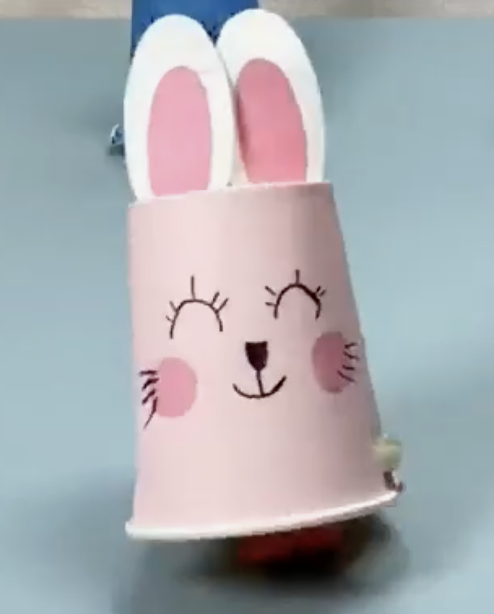

Kathy Kampa is a passionate educator of young learners. She seeks to nurture children’s imaginations and spark creativity through fun and engaging activities. Kathy believes that music and movement should be a part of every young child’s learning.
Kathy is the co-author of Magic Time, Everybody Up, Oxford Discover, Beehive, and Buzz (all published by Oxford University Press). She has taught young learners in Tokyo, Japan for over 30 years. Kathy is also active as a teacher trainer, inspiring teachers around the world. She has currently returned to her home state of Minnesota in the US.
If you’re interested in more of Kathy’s work, check out her YouTube channel at Kathy Kampa.
Are you streaming music? Go to Spotify or Apple Music to find Kathy’s music.

You can find more engaging songs on Jump Jump Everyone
Jump Jump Everyone, my second album, is filled with many happy songs that have grown in my young learner classroom. The songs encourage children to move. Many songs link to classroom content. Children can dance like falling leaves, bloom like a spring flower, move through the butterfly life cycle . . . . you’ll find LOTS of fun and magic in this album.
If you’re looking for more action songs, check out these curated playlists.































